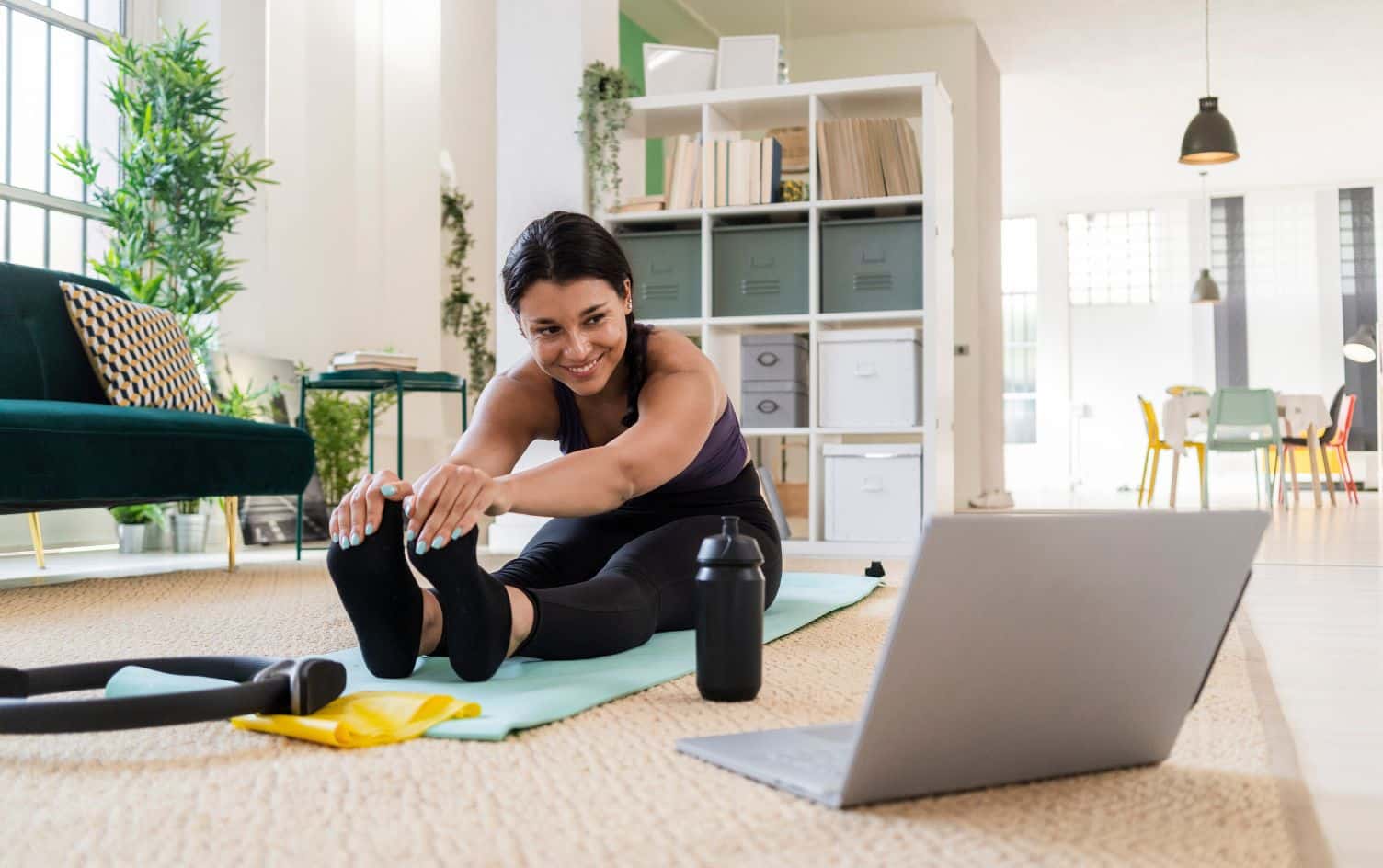Although some people see soreness as a sign of fitness progress, it can actually be more of a hindrance. Delayed onset muscle soreness (DOMS) can affect your range of motion, put off your return to exercise and even limit everyday activity. Being able to avoid this type of effect is the true performance booster.
“Over-the-top soreness might feel like a badge of honor after a tough workout, but it may be an indication you’re headed for an overuse injury,” says Holly Perkins, a certified strength and conditioning specialist and author of “Lift to Get Lean.” “When you play through the pain, you’re going to make it worse, not better.”
WHY MUSCLES GET SORE
When you do any kind of training — or even unfamiliar, repetitive activities — that load your muscles in new ways, it creates stress on the muscle fibers and connective tissues and that causes micro-tears that are repaired during recovery.
This is all a beneficial process, because a repaired muscle is stronger. But it also causes inflammation, the body’s way of rushing resources to an affected area. Think of it as similar to when you see redness and swelling around a scratch or cut, and it feels tender to the touch. The same is happening inside your muscles.
DOMS typically resolves within 24–48 hours, but if your muscles have been especially stressed, it can last longer. Your pain should be noticeable but not so uncomfortable or limiting it affects joint movement and overall mobility.
If that’s happening, consider taking some steps, like the ideas below, to dial it back:
FOAM ROLL BEFORE A WORKOUT
Although the study’s conclusion is that post-exercise foam rolling may not be ideal for addressing exercise-induced muscle damage, there may be benefits when rolling is done before a workout as part of a warmup, according to Diana Garrett, a physical therapist and outpatient rehabilitation supervisor at Providence Saint John’s Health Center’s Performance Therapy in Santa Monica, California.
“We’ve found foam rolling is more effective as a warmup rather than a recovery tool,” she says. “Similar to dynamic stretching, it can be used to help improve range of motion and flexibility, and provide a cue for the body that prepares it for more high-intensity activity.”
FOCUS ON SLOW PROGRESSION
Another big cause of dramatic DOMS effect is the “too much, too soon” training issue, which can often be seen when someone is enthusiastically starting a new type of workout or wants faster results in endurance or strength training.
“This is when injuries happen,” says Perkins. “You might feel good near the end of your planned workout, so why not push it and challenge yourself even more, right? But not only will you feel that the next day, and the next, but you really are setting yourself up for potential muscle strain and larger problems.”
She suggests creating a workout plan that has specific goals and benchmarks, so you can see how you’re progressing rather than trying to feel progress deep in your muscles.
STRETCH BEFORE AND AFTER WORKING OUT
Stretching is always promoted as a good way to warm up and cool down muscles, and it’s a great way to ease potential soreness as well. Just make sure you’re using the right stretches at the correct time.
Here’s a short-cut guide: dynamic before, static after.
Stretching to warm up muscles and joints before a workout should involve dynamic stretching, according to Sean Kuechenmeister, director of athletic training at NY Sports Science Lab. That means incorporating movement into the stretches and, ideally, replicating what you’re going to do during exercise.
For example, if you’re going to do weight training that involves using your legs — like deadlifts or weighted squats — warm up with some slow, deep bodyweight squats and lunges. If you’re going for a run, do a very easy jog first as a warmup. This gets the right muscles firing, Kuechenmeister says, so they’re prepared for the work, and that will make them less prone to soreness later.
After exercise, you can do static stretches, which involves coming into a stretch and holding it without moving for a few seconds. This helps with cooling down the muscles, especially if you incorporate some deep breaths into the process.
STAY HYDRATED
“Stay hydrated” has become the new mantra for pretty much everything from losing weight to boosting energy, and it does provide some magic for preventing muscle soreness, says Tiffany DeWitt, RD, a dietitian at healthcare company Abbott. That’s mainly because dehydration reduces blood flow to muscles and can also cause electrolyte imbalance, which can contribute to more muscle soreness later.
Bonus: Proper hydration levels can help your body clear bacteria more effectively, DeWitt notes, and that can help support your immune system. It can also benefit pretty much every system in your body, including digestion, respiration, vascular, even your brain.
THE BOTTOM LINE
The fact is, some muscle soreness is natural, and it is an indication you’re putting stress on your body in a good way. But making sure that inflammatory response is appropriately controlled and minimized can keep you training strong — and staying away from the pain relievers.
Check out “Workout Routines” in the app to discover and log a wide variety of routines, or build your own routine with exercises that fit your goals.




